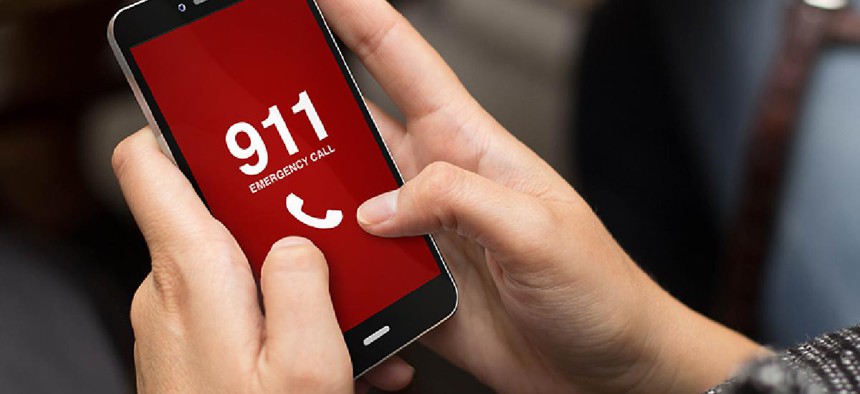On June 14, a shooting outside of the Barclays Center in Brooklyn was widely reported on social media. New Yorkers took to Twitter to describe the event almost immediately after it happened, offering real-time insight into the crisis, in which one person was injured. Tweets about Wednesday’s shooting show the potential for social media to be used as an emergency-reporting system, and New York City wants to capitalize on this technology.
The Department of Information Technology and Telecommunications is looking to create a new smartphone-to-police pipeline. On Tuesday, DoITT announced the launch of their Text-to-911 program, which will be the first step in a long-term project to make the emergency communications system more responsive. Text-to-911 will be followed by “NextGeneration 911” in 2022, which will allow New Yorkers to communicate with emergency officials through text, photos, videos, and social media. DoITT wants to utilize social media not only to report about a crisis to friends and followers, but to report it to the police.
RELATED: Criminal justice items up for debate as the session winds down
The roll-out of Text-to-911 will begin in early 2018, according to city officials. While less ambitious than NextGeneration 911, it will make emergency communications more easily accessible. “This interim capability is one the city is moving aggressively to make available to the public. Texting will remain available to everyone as part of NextGen,” explained David Kirks, deputy commissioner for business solutions delivery at DoITT.
While NextGeneration 911 will change the landscape of emergency communications, DoITT Commissioner Anne Roest assured that it won’t render the traditional 911 phone call outdated. She said that the city will always recommend a “call if you can, text if you can’t” strategy for citizens in crisis.
“A voice call is more effective for callers to communicate an emergency than text. And it’s more effective, say, for responders like the Fire Department to be able to ask questions and perform triage in the case of a medical emergency,” Roest said, adding that photos and videos will provide “rich information” and location data that can’t be obtained from phone calls.
RELATED: Confronting a growing opioid and gang threat
Some city departments are already known for their use of technology to interact with citizens. New York City 311 has a mobile app for its non-emergency service, and the @NYC311 Twitter account often replies to users who Tweet with complaints. Given the severity of some 911 emergencies, it’s unclear if NextGeneration 911 will involve a similarly active Twitter presence.
“The precise methods of engagement will be determined by FDNY and NYPD as we go deeper into the project,” said Kirks about the possibility of an emergency-response Twitter account. “However, leveraging social media as well as 911 operations monitoring social media are both targets of discussion, and services that will be supported by the system’s underlying infrastructure.”
DoITT is hoping that NextGeneration 911 will help the city cope with any #emergency, but first, the digital infrastructure needs to be put in place. DoITT is soliciting plans from private companies to help create NextGeneration 911, and will offer three contracts. Submissions are due by Aug. 8 of this year. Until Text-to-911 and NextGeneration 911 are launched, New Yorkers can still post about emergencies on social media – but make sure to call the police first.


